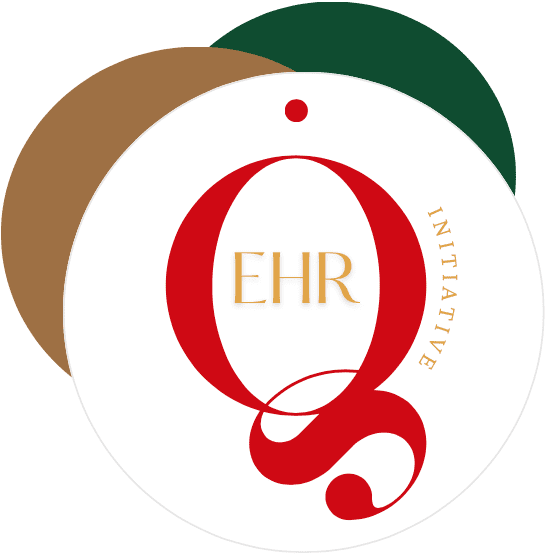Standardizing Guidelines
& Protocols for Education
The Body Altering Aesthetics industry has experienced significant growth in recent years, with an increasing number of individuals seeking cosmetic procedures and post-operative care. However, there is a lack of standardized guidelines + protocols for education and training in this rapidly evolving field.
Lacking Impact
This has led to inconsistencies in the quality of care provided by practitioners and has raised concerns about patient safety and outcomes. To address these challenges, it is imperative to establish standardized guidelines and protocols for education in the Body Altering Aesthetics industry.
Objectives of Initiative 1

Strategies
How we plan to execute this initiative Nationally & per State
Step 1: Conduct a comprehensive review of existing educational programs, curricula, and accreditation standards in the Body Altering Aesthetics industry.
Step 2: Establish a multidisciplinary task force comprising experts from diverse backgrounds, including plastic surgery, dermatology, nursing, massage therapy, and allied health professions, to develop standardized guidelines and protocols.
Step 3: Identify American Healthcare standards that are currently lacking in Body Altering Aesthetics courses from private educators.
Step 4: Implement defined core competencies and learning objectives for educational programs, ensuring alignment with best practices, evidence-based guidelines, and emerging trends in the field.
Step 5: Install educational resources, including textbooks, online courses, and instructional materials, to support the implementation of standardized guidelines and protocols.
Step 6: Collaborate with accrediting bodies, professional organizations, and regulatory agencies to integrate standardized guidelines and protocols into accreditation standards and licensing requirements.
Step 7: Require educators to follow existing Body Altering Aesthetics via the Advanced Scholastic Trainer (AST) program to reduce malpractice and negligence absorbed by clients through accrediting courses and following industry guidelines in alignment with American Healthcare standards.
Step 8: Provide ongoing training and professional development opportunities for educators and practitioners to ensure adherence to standardized guidelines and protocols.
Step 9: Execute mechanisms for monitoring and evaluating the effectiveness of standardized guidelines and protocols, soliciting feedback from stakeholders, and making continuous improvements as needed.
Step 10: Formalize mechanisms for educators to stay connected with and provide support to their former students, ensuring accountability and continued mentorship beyond the classroom, and structure regulations for violations to uphold the commitment to student engagement and support; students can not be ignored by their educational sources.
Expected Outcomes
-
Improved patient safety and outcomes through the consistent delivery of high-quality education and training in the Body Altering Aesthetics industry.
-
Enhanced professional competence and confidence among practitioners, leading to greater trust and satisfaction among patients.
-
Increased collaboration and alignment among educational institutions, professional organizations, regulatory bodies, and industry stakeholders in support of standardized guidelines and protocols.
-
Greater transparency and accountability in educational programs, promoting public trust and confidence in the Body Altering Aesthetics industry.
-
Advancement of the Body Altering Aesthetics profession through ongoing research, innovation, and education, driving continuous improvement and excellence in patient care.

